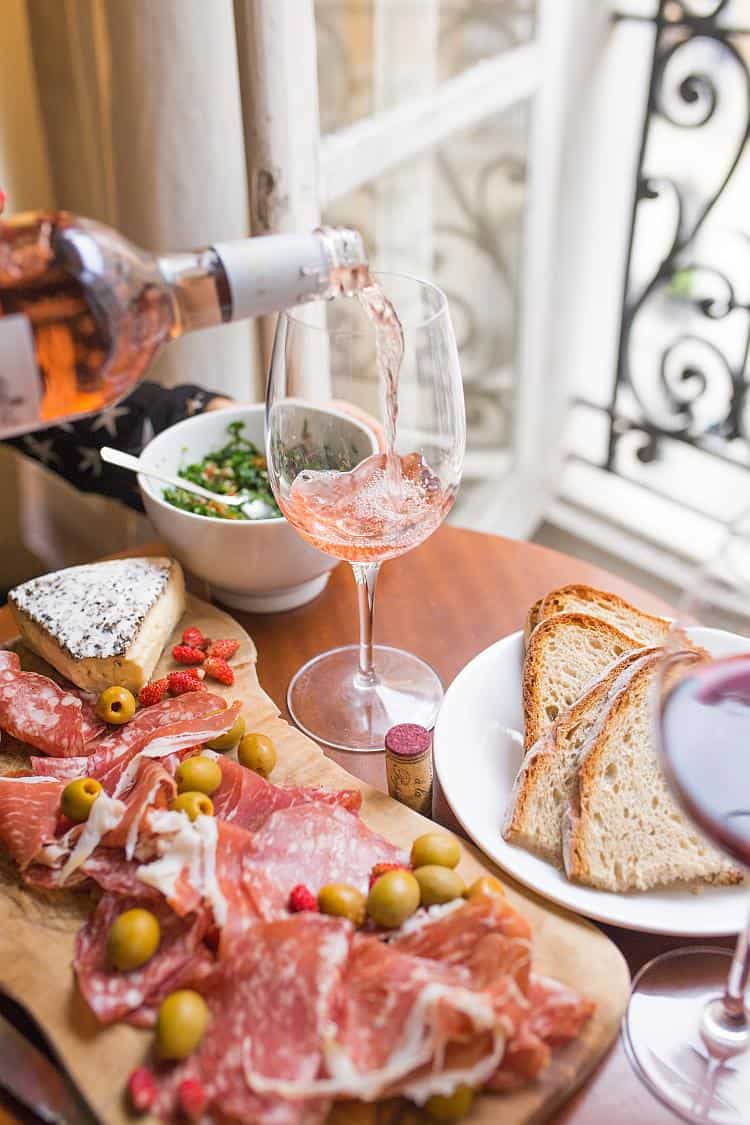Destinations
Cheese, Truffles, History and Wine in Piedmont, Italy

Discover cheese-hunting and cheese-wrapping the Italian way in Piedmont.
Cheese, Truffles, History and Wine in Piedmont, Italy
The platter before me was covered with what resembled piles of leaves from a fall lawn-raking. The brown, green and black heaps hardly invited sniffing, much less tasting. Yet sniff and taste I did.
This was my introduction to “cheese-wrapping,” a gastronomic tradition in Italy of aging cheeses by encasing them in leaves and other substances. I also learned that there are professional “cheese hunters” who seek out the best leaves in which to wrap locally made cheeses and who know how long each variety should be aged to bring out its best flavor.
The opportunity to learn about this unusual occupation is one attraction of a visit to the Piedmont (Piemonte) region of northwestern Italy. Others include its lovely landscape of gently rolling hills blanketed by vineyards and tiny towns that grew up around imposing stone castles in medieval times.
Adding to the appeal are an enticing history and the fact that Piemontese food and wine, while not as renowned as other cuisines, in my opinion should be.
Piemonte derives its name from the phrase ai piedi del monte (at the foot of the mountains), and the Swiss and French Alps soar above the area.
A perfect home base for traveling throughout the region is Alba, “the town of 100 towers.” That claim dates back to the 12th and 13th centuries, when noble families built ever-taller fortified towers to both provide protection from attack and demonstrate their wealth. While only four of the original structures remain, the name has stuck.
Alba also contains portions of its ancient city walls, fragments of frescoes and other remnants of Roman rule.
Outside of Alba roads wind to and through little towns of stone buildings that line narrow cobblestone streets. Church steeples rise above red tile rooftops as if gazing out at the surrounding view. Many a hilltop is capped by an ancient castle whose massive walls and turrets recall times of past grandeur.
Along with their common attractions, each town also has its own unique appeals and stories to tell. Serralunga d'Alba is one of 11 villages where Barolo wine may be produced. It and Barbaresco are Italy's most prestigious red wines.
The village of Grinzane Cavour and the 12th-century castle of the same name also have a connection with viniculture. Among exhibits in the fortress is the Regiona Piemontese Wine Cellar, which showcases and offers tastings of the area's vintages. Also of interest is the Masks Room, which has a soaring ceiling that is painted with portraits, crests and a series of fantasy monsters and allegorical creatures that range from droll to macabre.
One proud claim to fame of Cherasco is that Napoleon Bonaparte described it as “le plus beau coin d'Italie.” Even those who don't agree that the town is “the most beautiful corner of Italy” can appreciate the original star-shaped Roman bastion and the medieval architecture that abounds there.
Elegant porticoed arcades continue to protect pedestrians from sun and rain as they did in the past. The ruling Savoy family spent many a summer holiday in the sumptuous Palazzo (Palace) Salmatoris. The graceful Triumphal Arch in the town was donated by a citizen to give thanks that the plague which wracked the region in 1630 spared the town's citizens.
Anyone who travels to Italy's Piedmont region is sure to leave with an appreciation of how important food and wine and are in the lives of its people — and probably with a few extra pounds, as well. Cheese and truffles – especially white truffles – hold a place of honor on many a dining table.
Cheese-making is closely identified with the region, having flourished there since the first century. Many farmers continue to follow traditional family recipes, which often call for a mixture of milk from cows, sheep and goats.
A visit with a “cheese-hunter” turned out to be one of the more unusual experiences of my trip. Gianna Cora demonstrated how he wraps cheeses in various kinds of leaves to preserve and flavor them. He uses leaves from chestnut and fig trees, as well as cabbage, cauliflower and other vegetables. I also encountered, but chose not to sample, cheese wrapped in grass, tobacco leaves and goat hides.
Cora reported that each year he gathers and uses more than 100,000 chestnut leaves alone. He explained that about three dozen of his neighbors share his unusual profession, and he claimed – without embarrassment at the pun – that he is recognized as “the Big Cheese” among them.
It didn't take long after my arrival in Piedmont to observe that the locals are as serious about enjoying cheeses as Cora is about making sure they taste as delectable as possible. Many restaurants serve a wide selection of locally produced types. I watched as diners discussed the selection with their server, asked for small samples before ordering, then nibbled on their choices with an enjoyment that was obvious even from across the room.
WHEN YOU GO
For more information about Italy's Piedmont region, visit www.langheroero.it.
Victor Block is a freelance writer. To read features by other Creators Syndicate writers and cartoonists, visit the Creators Syndicate website at www.creators.com.
COPYRIGHT 2017 CREATORS.COM





